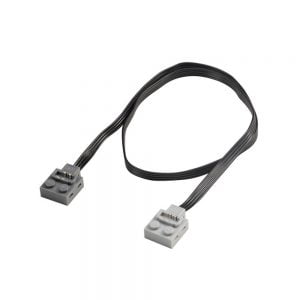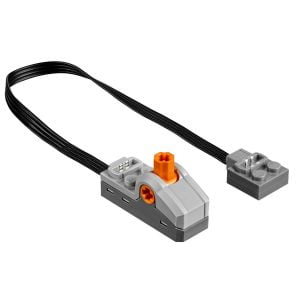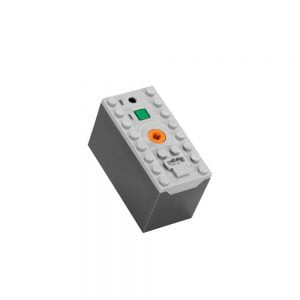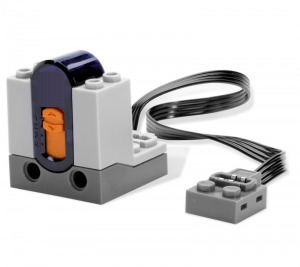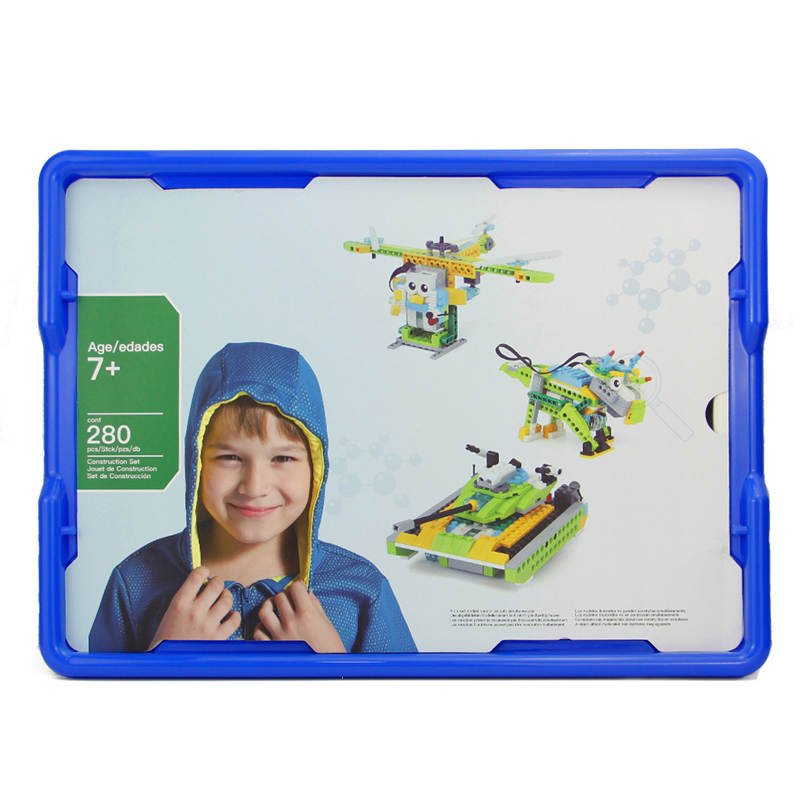
For primary school children, the Panhellenic Educational Robotics Competition 2025 features four categories:
There are now two age groups in the open elementary category:
- Primary 1st grades (A’-D’) “Small pioneers on Mars use simple machines! ”
- Primary grades three through six “Can We Survive On Mars?”.
- “Football 2×2” is a parallel category for students in the third and fourth grades.
- “BaSTEAMball” is a parallel category for students in the fourth and sixth grades.
Elementary is designed to help students develop their ability to actively participate in groups by taking on specific roles, become familiar with the problem-solving process, and explore hands-on engineering and algorithmic thinking concepts related to building and programming robotic structures using MIT’s free Scratch software. The competition therefore familiarises pupils with the core chapter of “simple machines,” complementing the educational objectives of the curriculum.
(Open Category)“Small pioneers on Mars use simple machines! ” | 1rd-4th grade
Since ancient times, humans have observed the night sky and tried to interpret it using the means available to them. Only in the last 70 years has humanity developed the appropriate technology to organize space missions, and now, sending humans to the Moon or Mars for colonization purposes seems entirely realistic.
To establish colonies on other celestial bodies, it is necessary to develop technologies that combine sustainability with the utilization of the natural resources of each celestial body. For instance, producing electrical energy requires the harnessing of renewable sources, while similar challenges exist for optimizing agricultural production under adverse conditions.
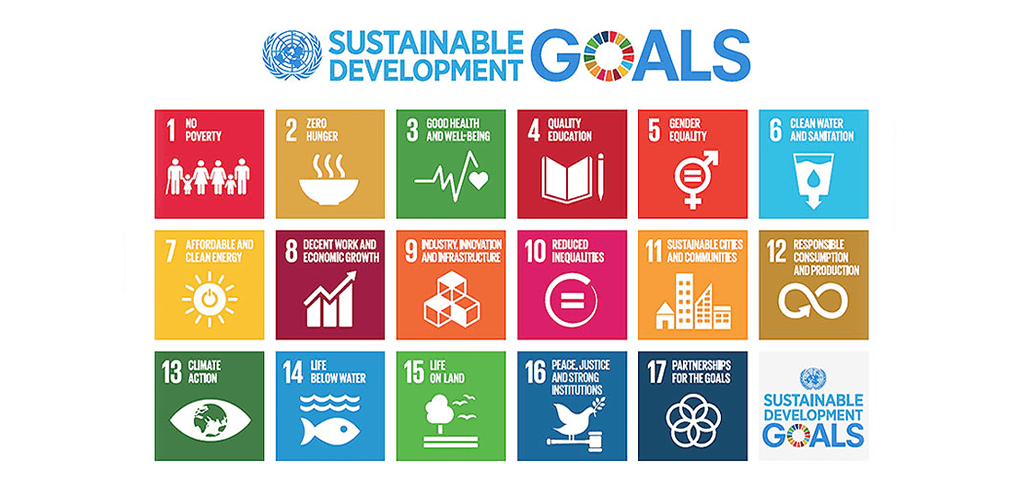
In this way, space technology can significantly contribute to improving living conditions on our planet, as many of the innovations developed for space find applications in our daily lives, from health and agriculture to energy and the environment. For example, water purification systems initially designed for spacecraft are now used in areas that lack easy access to clean water. This relates to Goal 6 of sustainable development, which focuses on ensuring clean water for all. Air filters are used in hospitals and schools to maintain a clean atmosphere, contributing to improved public health and Goal 3 of sustainable development for good health and well-being.
Additionally, technologies for growing food in limited spaces can be used to produce food in areas with challenging climatic conditions, thus contributing to Goal 2 for ending hunger, while also enhancing urban agriculture on Earth, allowing for food cultivation in cities and areas with limited space. This is related to Goal 11 for sustainable cities and communities.
Moreover, materials created to protect astronauts from extreme temperatures are now used in buildings to save energy, contributing to Goal 7 for clean energy.
Recycling and material reuse technologies have been adapted to assist waste recycling on Earth and support Goal 12 for responsible consumption and production. Similarly, the development of lightweight, durable materials used in spacecraft finds application in creating resilient prosthetics for amputees, providing them with a better quality of life. This supports Goal 10 for reducing inequalities.
Discover your own applications, or find out how some Earth applications can be used for life on other planets, and we look forward to sharing them with us!
Goal – Themes
Your team needs to work on a project that includes at least three mechanisms that use simple machines, an electric motor connected to a battery pack, and optionally a simple automation described in the equipment materials. This year, any team wishing to do so can optionally use only one simple automation, as described below in the regulations and more specifically in this year’s webinars.
STEM2024 Webinar:
1st webinar (CLICK HERE)
2nd webinar (CLICK HERE)
Good practice for developing the project with students within the school curriculum:
Link for good practice in the STEM Education PORTAL (CLICK HERE)
Conference presentation for students to approach the competition topic in 2018 through creative writing (CLICK HERE)
Construction of a Geodesic Dome (CLICK HERE)

The official supplier of equipment for the Panhellenic Educational Robotics Competition is knowledge research.
Free webinars for coaches in the context of the Panhellenic STEM & Educational Robotics Competition 2025
soon…










